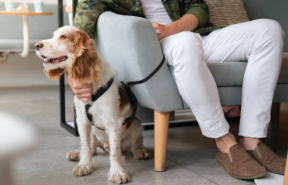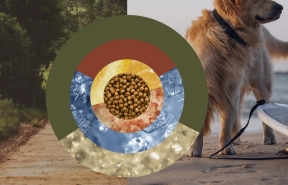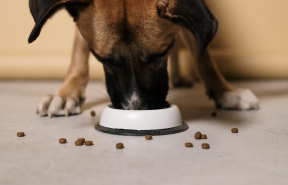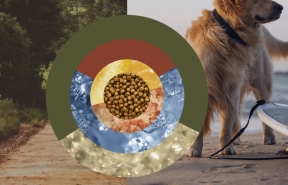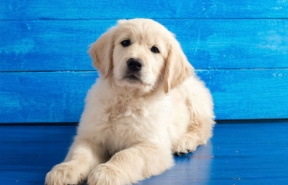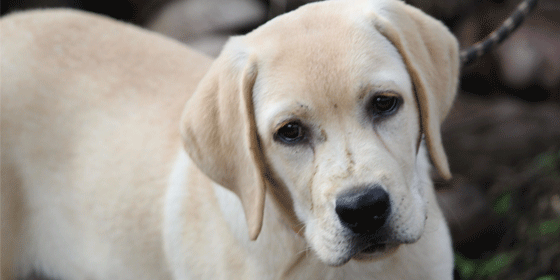Contrary to the old adage you CAN teach an old dog new tricks. Even the most simple of activities are not only entertaining, they are also very stimulating for your dog's mind no matter what age they are. However, whether you are training your dog to do advanced tricks or basic obedience, knowing how to communicate easily with your dog will make the sessions much more enjoyable for both you and your dog. We asked Nicole Beasley from the Planet K9 Training and Agility Centre in Melbourne for her advice on how to open up the canine communication channels.
Communicating with your dog
If you are already a member of a dog obedience and agility club, or have had private tuition for your dog, you may be already using a reward "Bridge" as part of your training sessions.
For those people new to the sport you will need to decide on how you are going to communicate with your dog. This communication channel is called the "Bridge" and is used to pinpoint the exact moment your dog has performed the desired behaviour. It is a signal to your dog that it will be rewarded with a small food treat. Many people find it convenient to use a clicker as the "Bridge", but the same training techniques can be applied when using a dog whistle or a word like "YES" or "WOW". Whatever "Bridge" you chose you need to be consist.
Clicker training is one form of positive reinforcement that has achieved great popularity in dog obedience and agility arenas over the past few years. The system was first widely used by dolphin trainers who needed a way to teach behaviours without using physical force. A clicker is a small plastic or metal device that makes a distinctive "click" sound when pressed.
Conditioning your dog to the "Bridge"
To teach your dog to associate "Bridge" with a reward begin using the clicker or whistle (or saying your Bridge word) and immediately give your dog a reward. Repeat this step 5 - 10 times in a session. At this stage your dog doesn't have to do anything. If your dog jumps at you or tries to snatch the food turn away and wait until it is settled again. Remember, don't reward your dog for bad behaviour. Next, try doing these sessions in different locations (in the park or going for a walk).
Once your dog has made the association, you can start to delay the time between the "bridge" and the reward. Your dog will recognise that good behaviour will mean a reward even if it takes a few seconds. The reward can also now occasionally be changed from a food treat to a pat and words like "Gooood dog". This comes in handy when you want to capture a behaviour but don't have a treat handy.
Now that you are able to communicate with your dog it is important to use "the Bridge" only for training. If you use a clicker or a whistle as a toy or say your "Bridge" word all the time they will quickly lose their effectiveness.
